The easily recognizable Kennedy Center For Performing Arts hosts many televised events- the Bolshoi Ballet and the Kennedy Center Honors to name a few.
Although not as old as Washington National Cathedral, the Kennedy Center for the Performing Arts has an equally interesting history. President Eisenhower first saw its vision in 1958 when he signed bipartisan legislation creating a National Cultural Center. That act included four specific parts: authorized the Center's construction, defined an artistic mandate that included a wide variety of classical and contemporary performances, established an educational mission for the Center and stated that the Center was to be an independent facility, self-sustaining and privately funded. I think it's interesting that although Congress birthed the project, they do not appropriate any funds for it- nor do they exercise any control over it. It is an example of the people's desire for a national stage to promote the arts without government influence as to what that art is. It is, in my opinion, a testament to the strength of our government. There are few places in the world where controversial plays, music and literary readings can be performed in a government-created institution/building without reprisal.
Fund-raising began immediately after the National Cultural Center Act was signed but it wasn't until President Kennedy took office and began promoting the Center through fundraiser luncheons/receptions at the White House that construction seemed likely. After President Kennedy's death, Congress designated the Center a "living memorial" to him and authorized $23 million to build what is now known as The Kennedy Center for Performing Arts. Fundraising soared and The Kennedy Center for Performing Arts opened in1971.
The interior is beautifully elegant in an under-stated way.
(My apologies for slightly blurry indoor photos- no flash or tripods allowed!)
Janne and Adam joined us for the evening of music and celebration. Unlike our experiences at theaters in Arizona where there is no dress code, patrons at the Center dress up for performances. While there was the very occasional jeans-clad couple, it was nice to see so many dressed in holiday attire. Whether this is an east coast vs. west coast phenomenon or something else entirely is a discussion for another blog post. Suffice it to say here, we enjoyed dressing up!
We took advantage of the "Coat Check Room"- a first for us!
The music of Handel's Messiah is completely captivating. As the orchestra began playing the first few notes, the auditorium became not just quiet, but still. There was no rustling of programs, candy wrappers crinkling or hushed whispering. As I looked around, I could see tense faces relaxing into slight smiles. And then I, too, became lost in the music and story.
George Frideric Handel composed the music for Messiah after a friend, Charles Jennens, asked him to set his "Scripture collection" (53 Scripture verses from the Old and New Testaments) whose subject "excels every other subject. That subject is 'Messiah'" to music. The work has three sections that tell the story of Jesus Christ: 1) prophecies of salvation, a coming Messiah, the Virgin Birth, and Christ's redemptive miracles on earth, 2) the scourging and agony on the cross, Christ's sacrificial death, resurrection, ascension and identity in heaven, the world's rejection of the Gospel and God's triumph, and 3) Christ's Second Coming including the Day of Judgment and general Resurrection and victory over death and sin.
Working unceasingly, Handel completed the musical score in just 24 days! However, it was not performed for almost a year- and its premier was not in Handel's adopted country, England (although German-born, he had lived in England for decades), but in Ireland. Why? Because Handel's passion for oratorio- "a composition for orchestra and voices telling a sacred story without costumes, scenery, or dramatic action"- was very controversial. The Church of England was outraged that a Bible story was being told by "common mummers" and even worse, in a theater, and fought against its performance as well as other oratorios Handel composed (Esther and Israel in Egypt, for example). Handel's Messiah, many say his greatest work, wasn't generally appreciated in England until long after his death. Although Handel considered it "a piece appropriate for Lent" it has become a traditional Christmas concert.
Today, in this age of political correctness where great care must be exercised not to offend anyone, where Nativity displays in public places have been litigated in court, we can attend a performance of Messiah. Even with its still controversial and often rejected message of God's love for mankind. Even in our "National Cultural Center." A Christmas miracle? Perhaps...
After the performance, my sweet husband wrote a "love note" to me in the snow. What a wonderful way to end a performance telling God's love story!
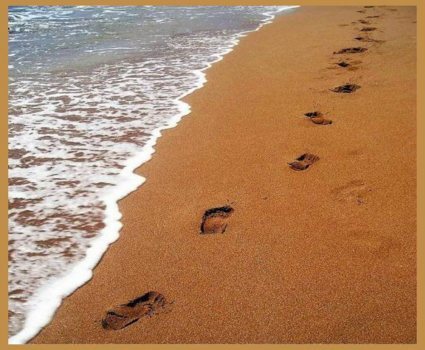
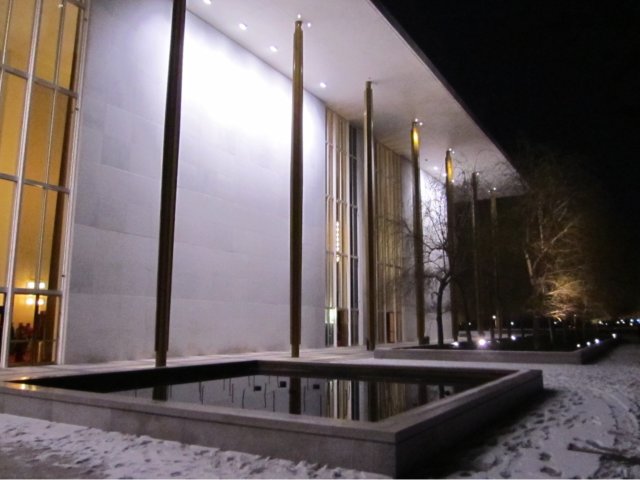
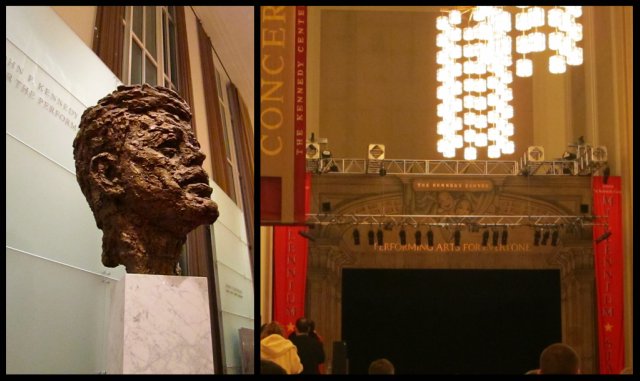
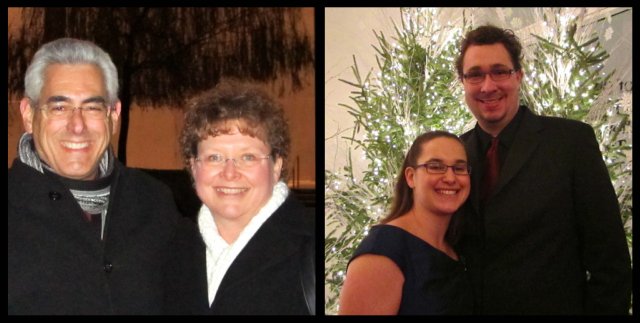
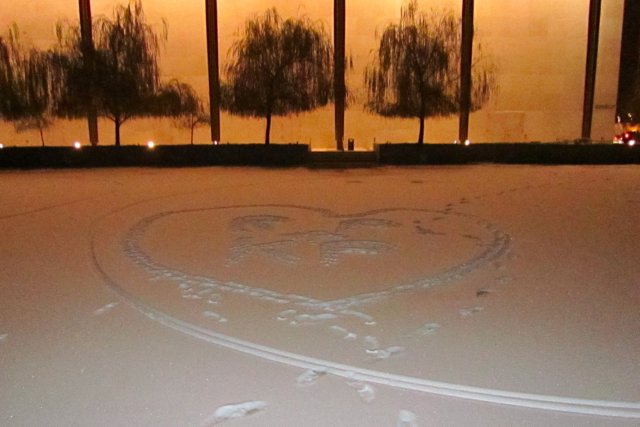
It was lovely! I am always amazed at the vocal talents of the opera singers who sing in that... and I always have to wonder if they never come down with colds or if they have understudies! I wondered that through the whole performance... yeah, I'm bizarre. :)
ReplyDelete